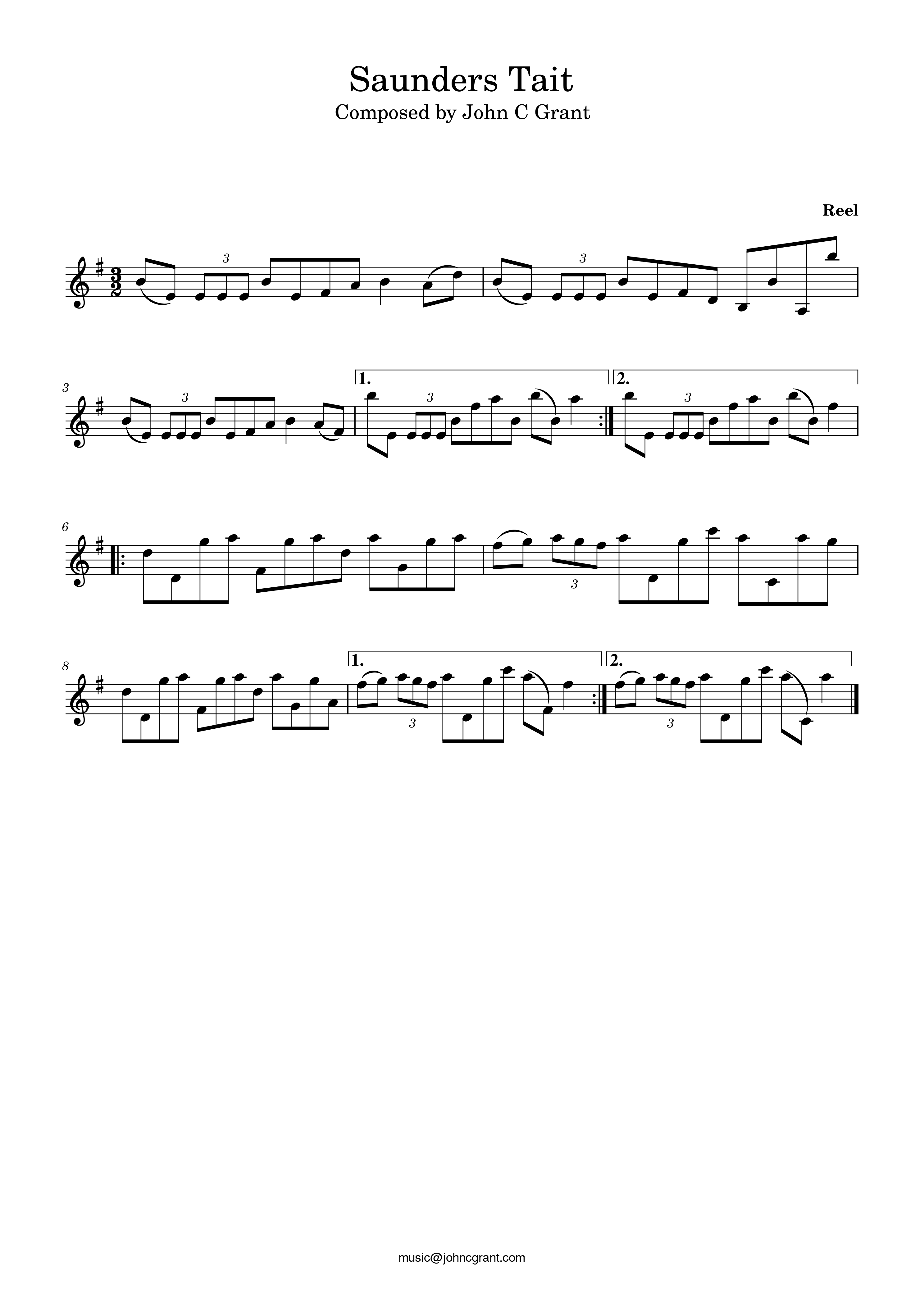
Alexander Tait, also known as Sawney Tait or Saunders Tait (14 August 1720 - circa 1800), distinguished himself as a tailor, a published poet, and a contemporary of the renowned Robert Burns, with whom he shared a close acquaintance. Tait’s circle of acquaintances extended to include another published poet and confidant of Burns, David Sillar. A significant portion of Tait’s life unfolded in Tarbolton, where his vibrant involvement in the community left an enduring imprint. His poetic creations were exhibited during the 1896 Burn Exhibition, with a copy of his work generously lent by the esteemed Mitchell Library.
Tait, affectionately referred to as ‘Whip-the-cat’ locally, a term historically associated with itinerant tailors, exemplified the archetype of these peripatetic craftsmen. He was widely recognized as a bachelor, having made his abode in a modest two-story cottage on the western side of Montgomerie Street, proximate to the school. It was here that he inhabited the garret, with a friendly rat serving as his sole companion. Tragically, his rat friend met its demise at the hands of an unwitting visitor, marking an untimely end to their bond. Believed to have been born in Innerleithen, Peeblesshire, a region associated with the Clain Tait, Alexander Tait’s early education seemed to be limited. He embarked on a journey as a peddler throughout the South of Scotland in his formative years before transitioning to mantua-making, a trade that involved selling gown pieces and subsequently crafting the attire within the customer’s residence. Tarbolton became his eventual home, where he evolved into a respected and admired individual. Described as clever, lively, and endowed with a ready wit, Tait was known for his penchant for lampooning and an impressive repertoire of amusing anecdotes. His skills as a rhymester made him a sought-after presence at weddings, bonspiels, and other social gatherings, where his recitations were hailed for their artful composition. Physically, he was characterized as a stout, well-proportioned man of moderate stature. Despite his trade as a tailor, Tait did not lay claim to exceptional prowess in his craft. Although he once managed to complete a coat in a single day, he often brushed aside the capricious dictates of fashion. His labor typically commanded a fee of 6d per day, even in an era when the prevailing rate stood at 8d.
During a period spent as a journeyman under Daniel Mitchell in John Street, Paisley, Tait regaled his fellow colleagues with his eloquent rhymes, which flowed as smoothly as “the smoothest doggrel.” It is speculated that his foray into publishing took shape during this phase of his life.
An annual event known as the ‘June Fair’ provided Tait with the opportunity to transform his abode into an impromptu pub, which drew a crowd of visitors, particularly young rural dwellers, who were enticed by his eccentric demeanor. Tait held a notable affinity for “Pennystone,” a game akin to quoits, where he emerged triumphant after a challenge from a flesher from Ayr.
In 1790, Tait unveiled his collection titled “Poems and Songs,” which he issued through the Paisley printer John Neilson. This octavo publication, consisting of half-sheets, measured 16 x 9.7 cm, boasting 304 pages. Privately printed, the copies were made available exclusively through the author. Within its pages, Tait presented an adaptation of Robert Burns’s “The Kirk’s Alarm,” embedding original content within its framework. His own poetic repertoire featured titles such as “Sillar and Tait; or, Tit for Tat,” “The Author’s Nativity,” “The Lady Ballochmyle’s Chariot,” “Colsfield’s Hawks and Greyhounds,” “Illumination of Tarbolton on the Recovery of his Majesty,” “Battle of the Largs,” and “The Burial of Lord Abercorn.” Tait’s verses extended to locales like Loncartie, Dunkeld, Aberlemny, Roslin, and more.
In the vibrant tapestry of Tait’s life, Robert Burns, David Sillar, Claud Alexander of Ballochmyle, and his wife Helenora, among others, played pivotal roles. Tait’s verses encapsulated local events and personalities, endowing them with a distinctive local significance.
Given their proximity, it is plausible that Tait’s path crossed with that of Robert Burns and David Sillar, as all three resided in close proximity to one another – Robert at Lochlie Farm and David at Spittalside Farm. Tait’s publication featured an adaptation of “The Kirk’s Alarm,” potentially indicating an amicable relationship with Burns. However, Tait’s rendition also included a satirical composition titled “The Answer to Plotcock,” which playfully lampooned Burns’s work without explicitly naming him. This marked an intriguing intersection of their literary trajectories.
Alexander Tait’s legacy, both as a tailor and a poet, is a tapestry woven into the rich fabric of Tarbolton’s history, capturing the essence of his era in its local hues and resonances.
A guide track for ‘Saunders Tait’ is available below for listening: -
You can download a PDF of the sheet music here
- or braille format here.
The track is additionally available within the following collections and sets: -
Associated Collections: -
3/2
Ayrshire Characters
Not Yet Recorded
Reel
Robert Burns
The Tarbolton Collection
The Three Six Five Collection

